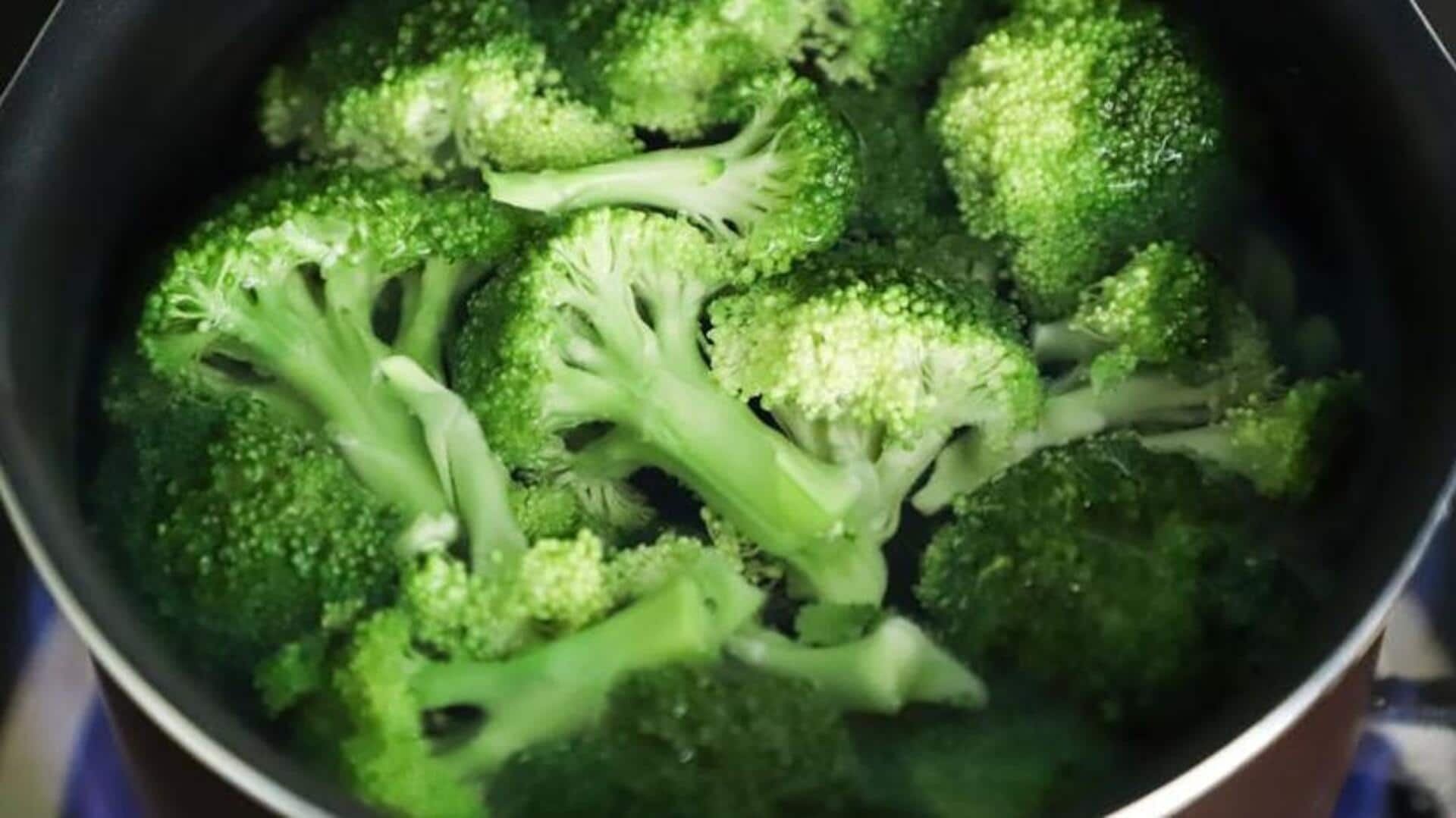
You must add these 5 cruciferous veggies to your cooking
What's the story
Cruciferous vegetables are a staple in most kitchens, owing to their health benefits and versatility. These vegetables are part of the Brassicaceae family and are packed with nutrients, making them an ideal addition to daily meals. From salads to stir-fries, they can be incorporated into a range of dishes, enhancing flavor as well as nutrition. Here are five cruciferous vegetables that can up your meal game every day.
Green delight
Broccoli: A nutrient powerhouse
Broccoli is a beloved cruciferous vegetable loaded with vitamins C and K, fiber, and antioxidants. It can be steamed, roasted, or added to soups for an extra nutritious punch. Its mild flavor makes it versatile enough to be combined with different ingredients like garlic or lemon juice. Adding broccoli to your diet may help boost immune function and aid healthy digestion.
White wonder
Cauliflower: The versatile veggie
Cauliflower is widely praised for being a versatile ingredient in everything from rice alternatives to pizza bases. Packed with vitamin C and folate, it's healthy while being low in calories. Roasted cauliflower is naturally sweet and makes an amazing side or the star of vegetarian dishes.
Leafy marvel
Kale: The leafy green superstar
Kale has become increasingly popular as a superfood owing to its rich content of vitamins A, C, K, calcium, and iron. This leafy green can be eaten raw in salads or cooked into soups and stews. Its slightly bitter flavor can be balanced with sweet dressings or fruits like apples.
Mini greens
Brussels sprouts: Small but mighty
Brussels sprouts are small, cabbage-like veggies that pack a punch of nutrients, including vitamin K and fiber. They can be roasted until crispy or sauteed with balsamic vinegar for added depth of flavor. Adding Brussels sprouts to your meals may aid heart health by reducing cholesterol levels.
Crunchy staple
Cabbage: The classic choice
Cabbage is another inexpensive, year-round, cruciferous vegetable that comes in green/purple variations, each lending unique flavors when cooked differently (steaming, boiling, fermenting, etcetera). It offers essential nutrients such as vitamin C, potassium, folate, etc. This adds crunchiness, texture, and freshness to any dish, be it coleslaw, stir-fry, or soup.